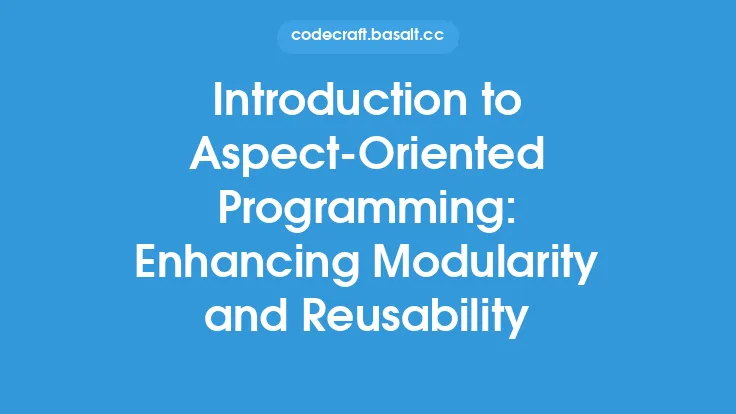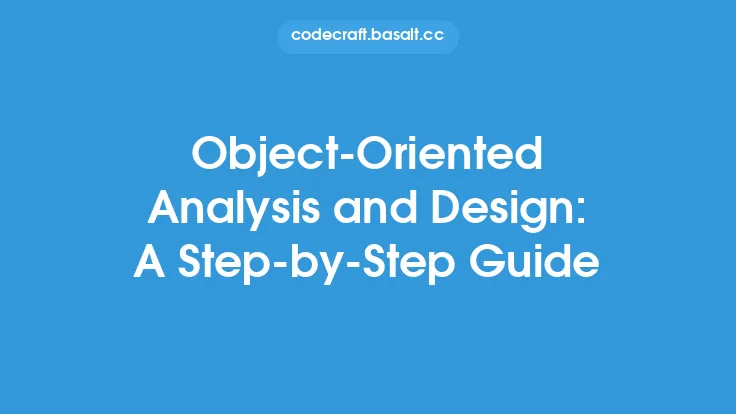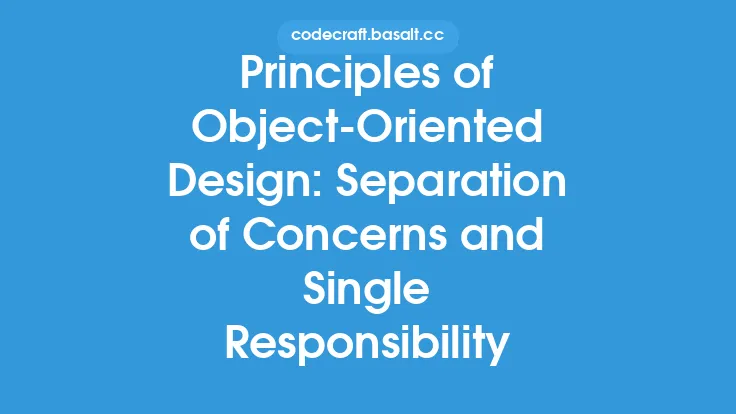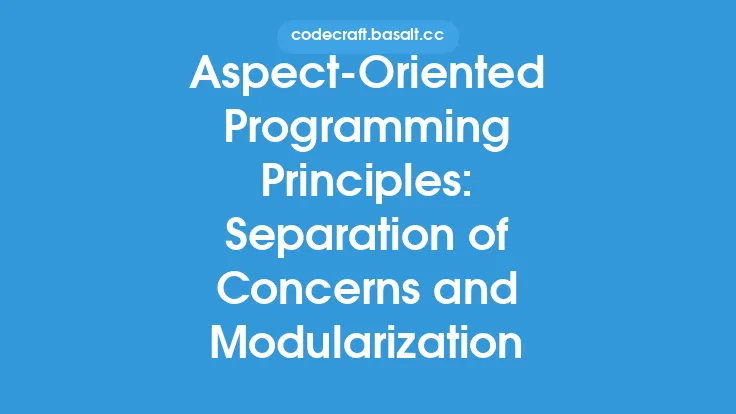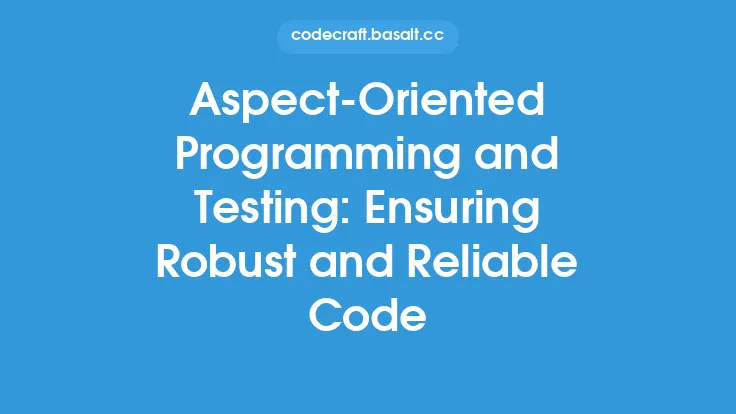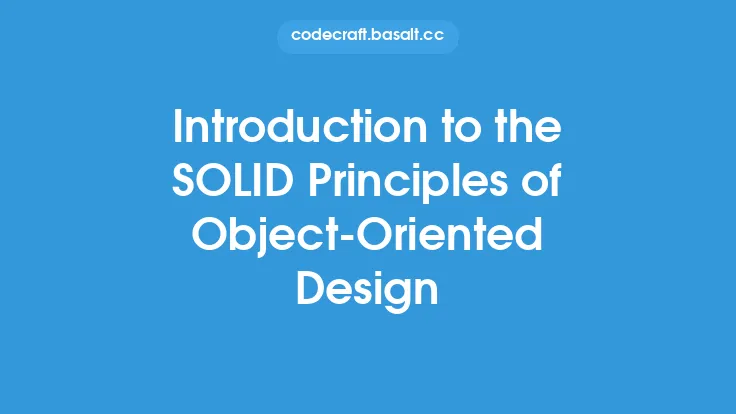Object-oriented programming (OOP) is a fundamental concept in software development that has been widely adopted in various programming languages. At the heart of OOP are classes and objects, which are the building blocks of any object-oriented system. In this article, we will delve into the world of classes and objects, exploring their definitions, characteristics, and relationships.
Introduction to Classes
A class is a blueprint or a template that defines the properties and behavior of an object. It is a abstract concept that defines the characteristics of an object, including its attributes (data) and methods (functions). A class is essentially a design pattern or a template that defines how an object should be created and what properties and behaviors it should have. Classes are typically defined using a programming language's syntax, and they can be thought of as a set of instructions that define how to create an object.
Introduction to Objects
An object is an instance of a class, and it represents a real-world entity or concept. Objects have their own set of attributes (data) and methods (functions) that are defined by the class. Each object has its own unique identity and can be manipulated independently of other objects. Objects can be thought of as a collection of properties and behaviors that are defined by the class, and they can be used to represent complex systems and relationships.
Class Structure
A class typically consists of two main components: attributes and methods. Attributes are the data members of a class, and they define the properties of an object. Methods, on the other hand, are the functions that are defined by a class, and they define the behavior of an object. A class can also have other components, such as constructors, destructors, and access modifiers, which are used to control access to the class's attributes and methods.
Object Creation
Objects are created using the class as a template. The process of creating an object is called instantiation, and it involves allocating memory for the object and initializing its attributes. When an object is created, it is said to be an instance of the class, and it has its own unique identity. Objects can be created using various methods, including constructors, which are special methods that are used to initialize objects when they are created.
Class and Object Relationships
Classes and objects have a number of relationships that are fundamental to object-oriented programming. One of the most important relationships is the "is-a" relationship, which defines the relationship between a class and its subclass. A subclass is a class that inherits the properties and behavior of a parent class, and it can also add new properties and behavior or override the ones inherited from the parent class. Another important relationship is the "has-a" relationship, which defines the relationship between a class and its attributes. A class can have multiple attributes, and each attribute can be an object of another class.
Access Modifiers
Access modifiers are used to control access to a class's attributes and methods. They define the level of access that is allowed to a class's members, and they can be used to encapsulate data and behavior. The most common access modifiers are public, private, and protected. Public members can be accessed from anywhere, private members can only be accessed within the class itself, and protected members can be accessed within the class and its subclasses.
Constructors and Destructors
Constructors are special methods that are used to initialize objects when they are created. They have the same name as the class, and they do not have a return type. Constructors are used to set the initial state of an object, and they can be overloaded to provide multiple ways of creating an object. Destructors, on the other hand, are special methods that are used to release resources when an object is destroyed. They have the same name as the class, but they are preceded by a tilde (~) symbol.
Inheritance
Inheritance is a fundamental concept in object-oriented programming that allows one class to inherit the properties and behavior of another class. The class that is being inherited from is called the parent class or superclass, and the class that is doing the inheriting is called the child class or subclass. Inheritance allows for code reuse and facilitates the creation of a hierarchy of classes that can be used to model complex systems and relationships.
Polymorphism
Polymorphism is another fundamental concept in object-oriented programming that allows objects of different classes to be treated as objects of a common superclass. This is achieved through method overriding or method overloading, which allows objects of different classes to respond to the same method call in different ways. Polymorphism allows for more flexibility and generic code, and it is a key feature of object-oriented programming.
Encapsulation
Encapsulation is the concept of bundling data and methods that operate on that data into a single unit, called a class. This helps to hide the implementation details of an object from the outside world and provides a level of abstraction that makes it easier to modify and extend the code. Encapsulation is a fundamental concept in object-oriented programming, and it is achieved through the use of access modifiers and other language features.
Abstraction
Abstraction is the concept of showing only the necessary information to the outside world while hiding the implementation details. This is achieved through the use of abstract classes and interfaces, which provide a way of defining a contract or a set of methods that must be implemented by any class that implements them. Abstraction helps to reduce complexity and improve modularity, and it is a key feature of object-oriented programming.
Conclusion
In conclusion, classes and objects are the fundamental building blocks of object-oriented programming. Classes define the properties and behavior of objects, and objects are instances of classes that have their own unique identity. The relationships between classes and objects, including inheritance and polymorphism, are key features of object-oriented programming that allow for code reuse, flexibility, and generic code. By understanding classes and objects, developers can create complex systems and relationships that are modular, maintainable, and scalable.
